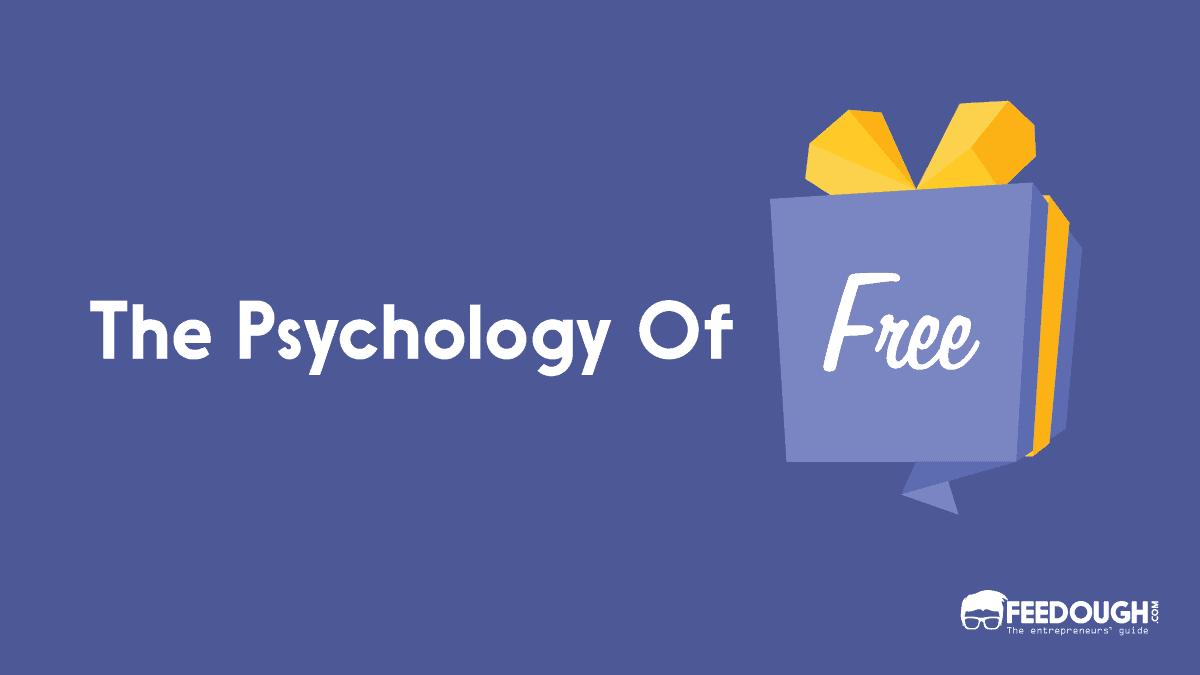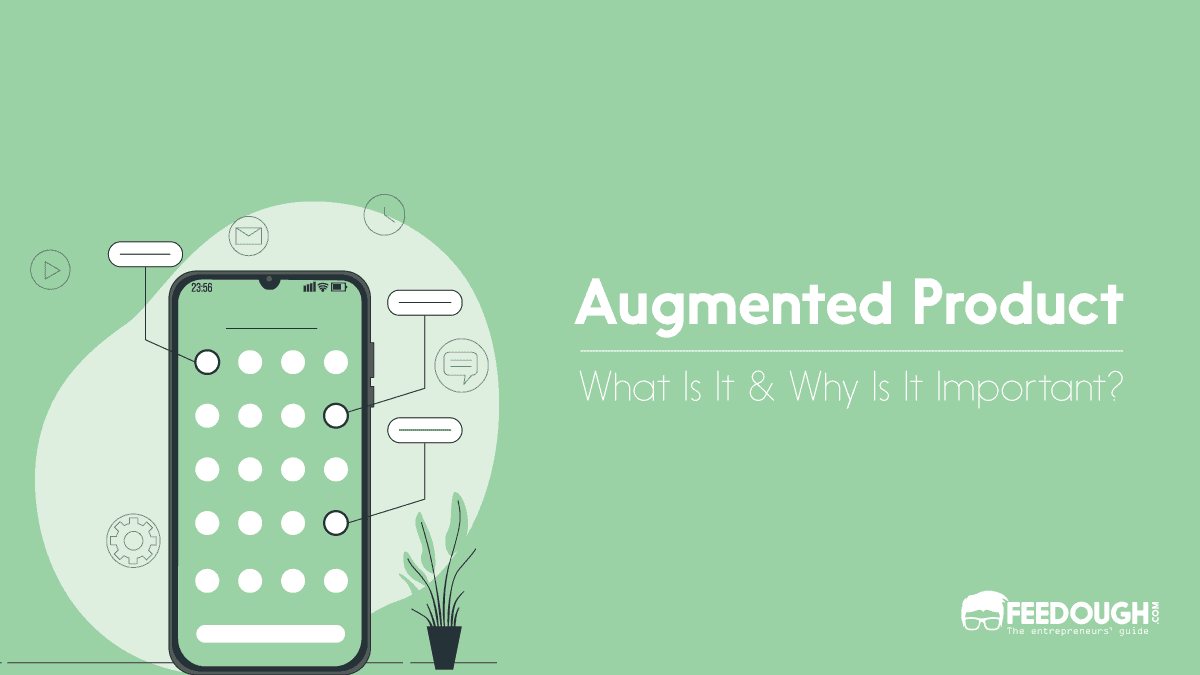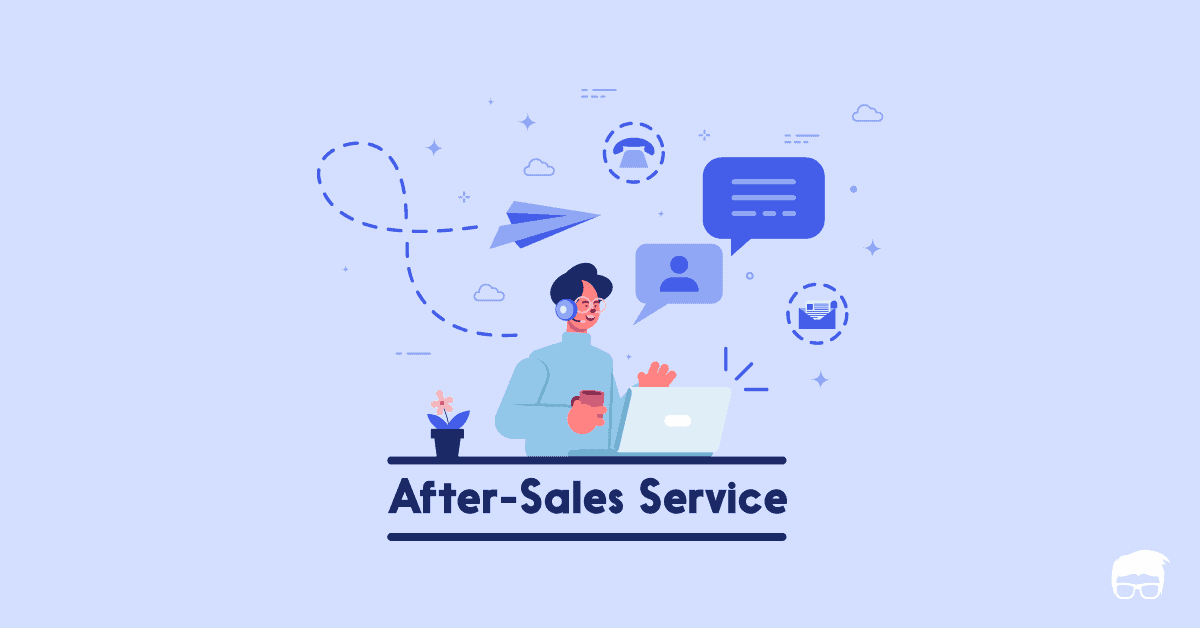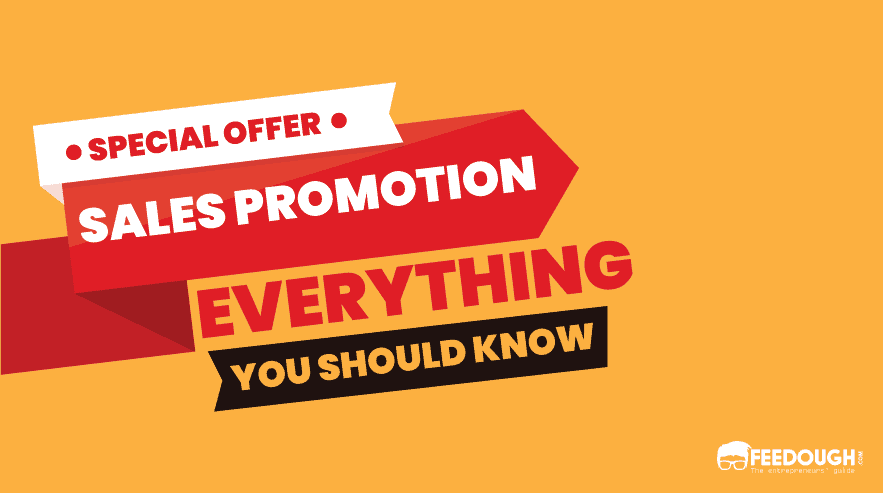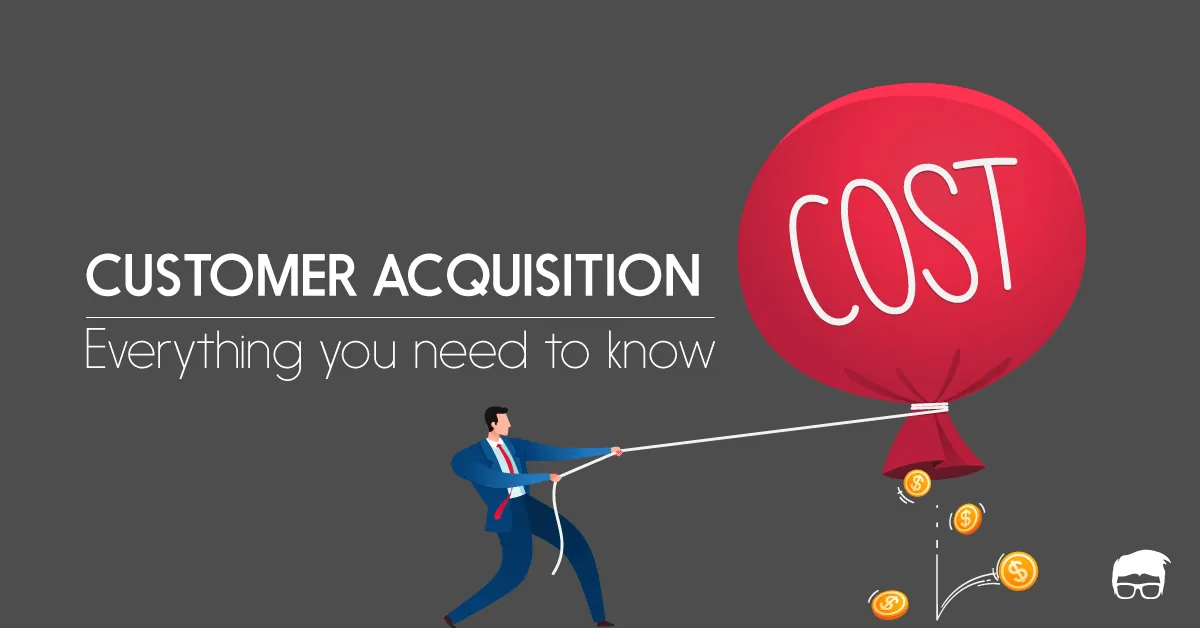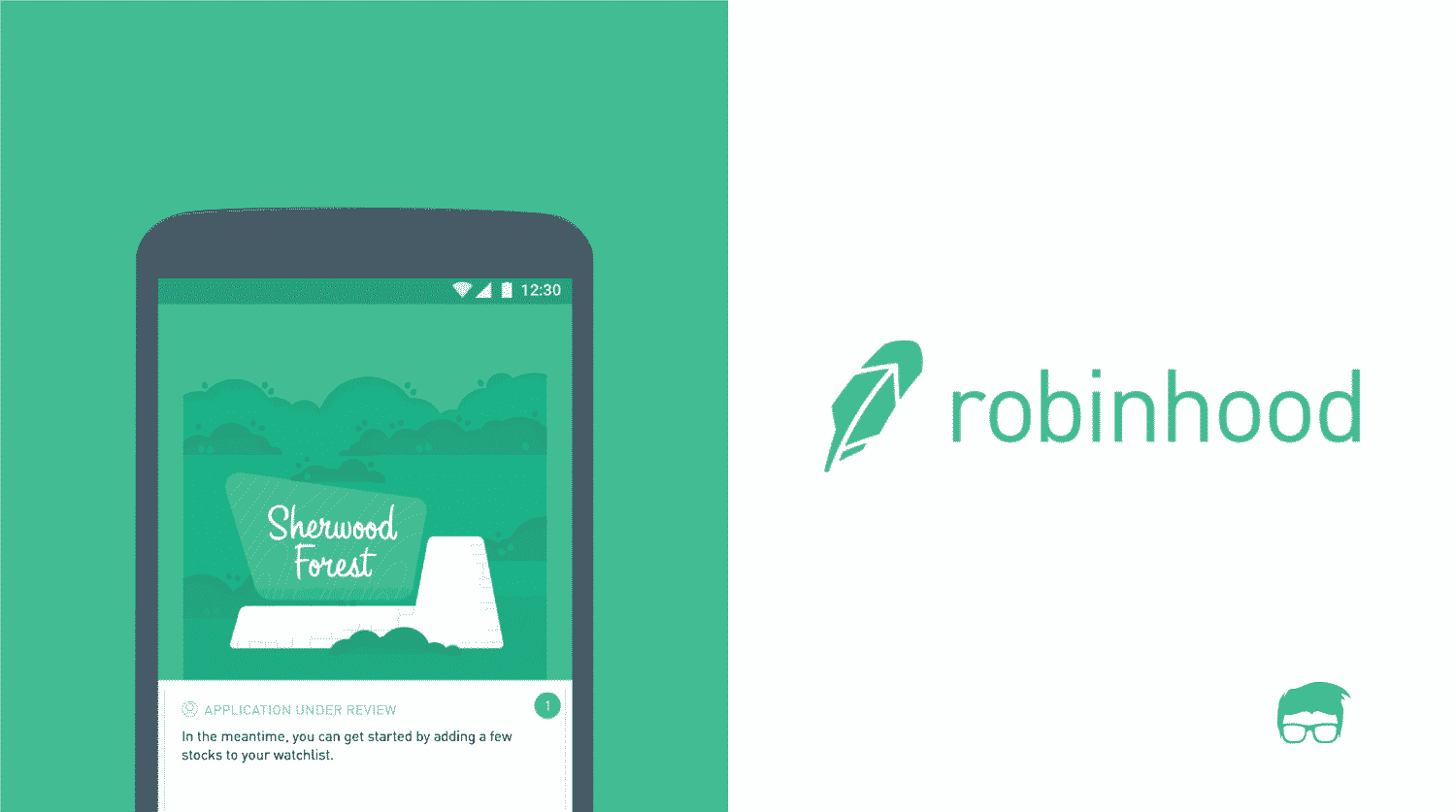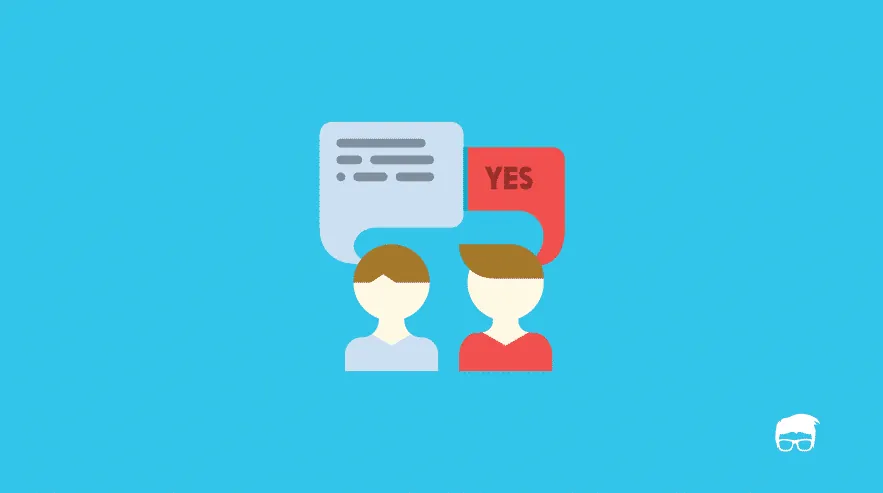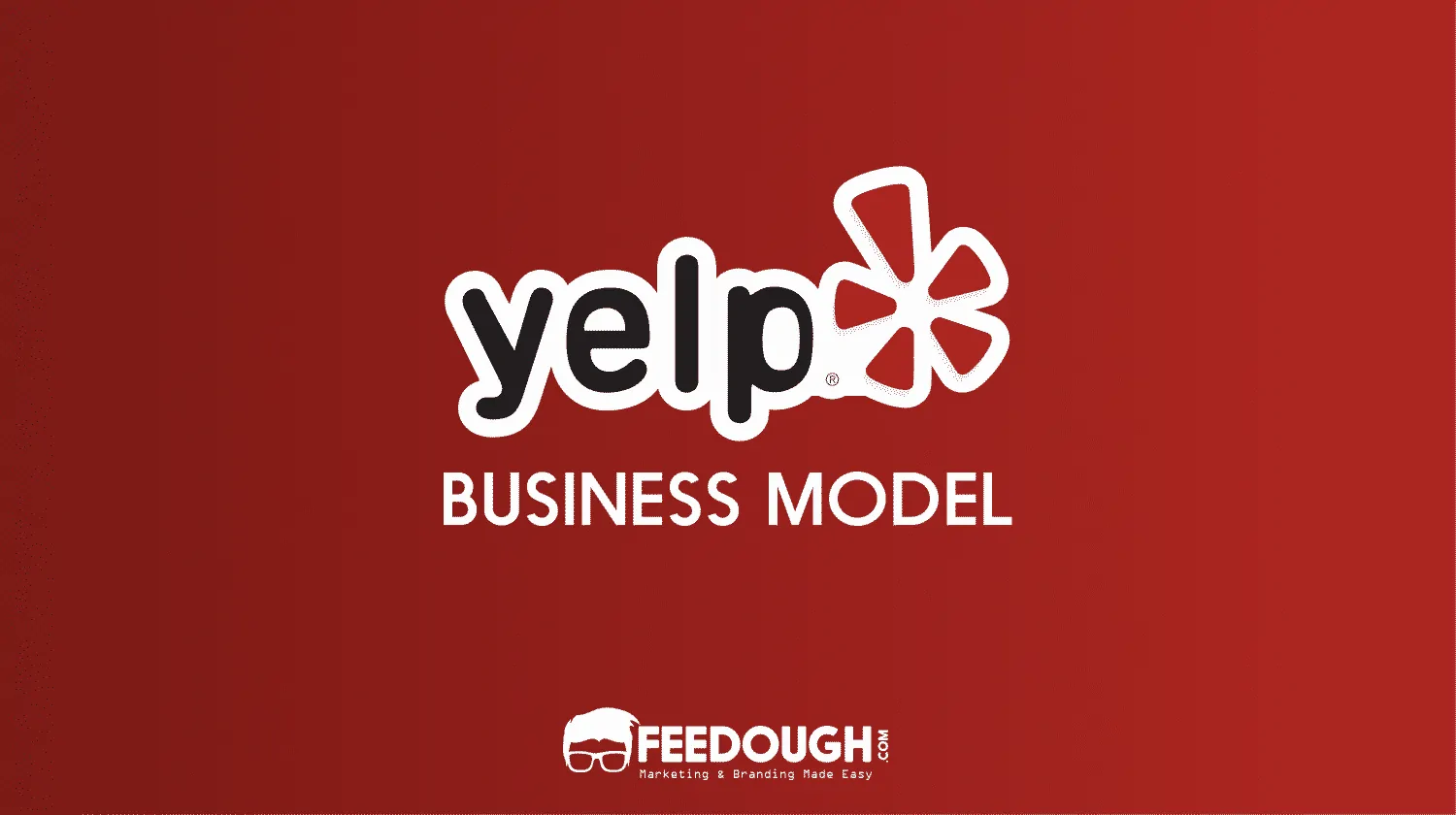“Buy 2, get 1 free!”
“Shop for $500 and get a free gift worth $100!”
“Apply for a free membership TODAY!”
“Would you like a free sample of the product?”
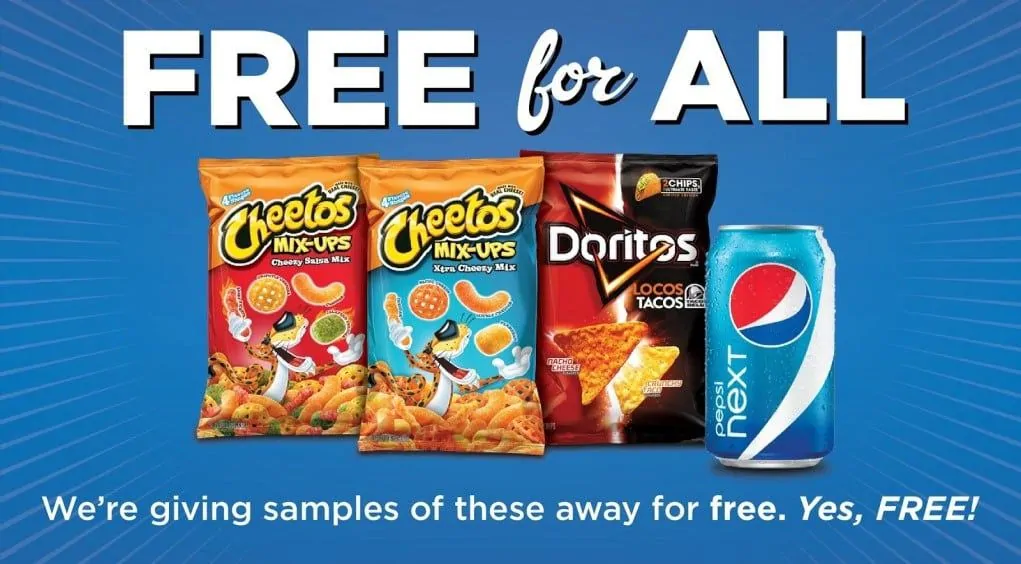
They sound like pretty good deals, don’t they? We come across such offers almost every other day, and yet we don’t think about why freebies are so appealing to us. The question here, though, is how giving away free samples and products can benefit your business.
To understand this, it is important to know the types of free and how they can help boost sales in your business.
Types Of Free
1. Buy One, Get One Free (BOGO)
This is probably the most popular type of free, where you buy one product and receive the same product or a product priced lower, free of cost. Consumers love the idea of getting something at getting more for half the price, and end up buying a lot more than they originally planned to. This gives sales a positive boost, and also brings in new and potential customers for your business.
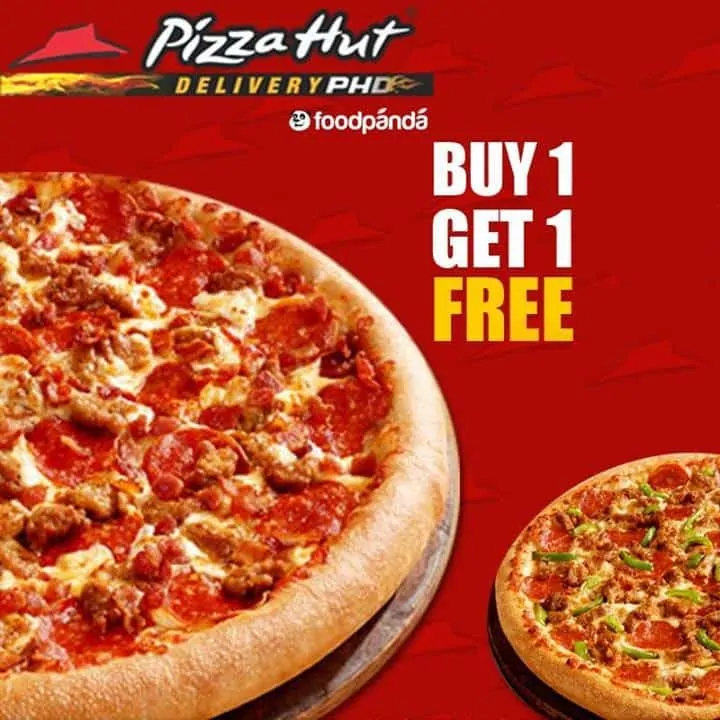
2. Free Trials
Services like Netflix and Amazon Prime offer you a month of free trial with the option to quit whenever you choose. Consumers like this offer because they can enjoy streaming movies and shows for free without any commitment to pay for their account. However, by the end of the free trial, most customers end up paying for their account to continue streaming shows and movies.
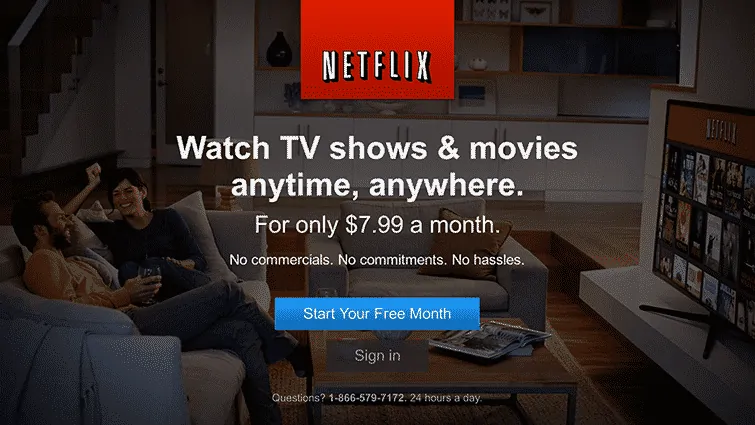
3. Free* (*Terms & Conditions Apply)
In this case, when a product is offered to you free of cost, it usually comes with a catch that is so attractive that the customer cannot refuse. This type of ‘free’ works on the principle of commitment. Once customers are enticed by the ‘free’ gift, they are usually more willing to spend money and buy things that they don’t necessarily need to acquire the product.

4. Freemium
Freemium is an internet-based business model where basic services are provided free of charge, but charges are levied on additional premium features that can enhance the users’ experience considerably. This type of free is implemented widely across games such as Candy Crush, Fortnite and Temple Run, among several others, where the game is accessible to everyone but certain features can be purchased for a better experience.

5. Giveaways
Giveaways also are very advantageous for a business. Giveaways entice customers with free products in return for subscription and customers comply, knowing that they’ll be rewarded in return. The subscription itself is a great strategy to get potential customers to engage with the business, and thereby also to increase the reach of business. This technique is often implemented by influencers on Instagram to widen their audience.
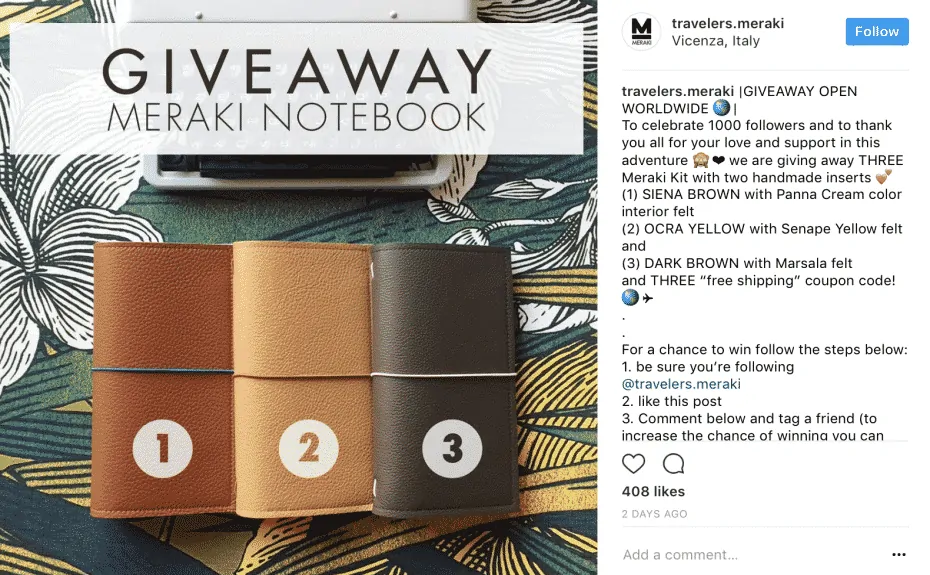
Why Is Free So Appealing?
For one, the product received as a free sample is something your customers don’t pay for. It doesn’t cost them a single penny, and the very thought of getting something for no cost at all makes them more willing to spend money to get the free gift, just because they get more than they actually paid for.
According to Dan Ariely in his book ‘Predictably Irrational’, people change their behavioural patterns and are more willing to comply when something free comes along. Free isn’t just an indicator of price. It’s a very powerful emotional trigger that’s often so irresistible that it makes people lug home useless key-chains and buy pants too tight just so they can get an extra pair at no cost.
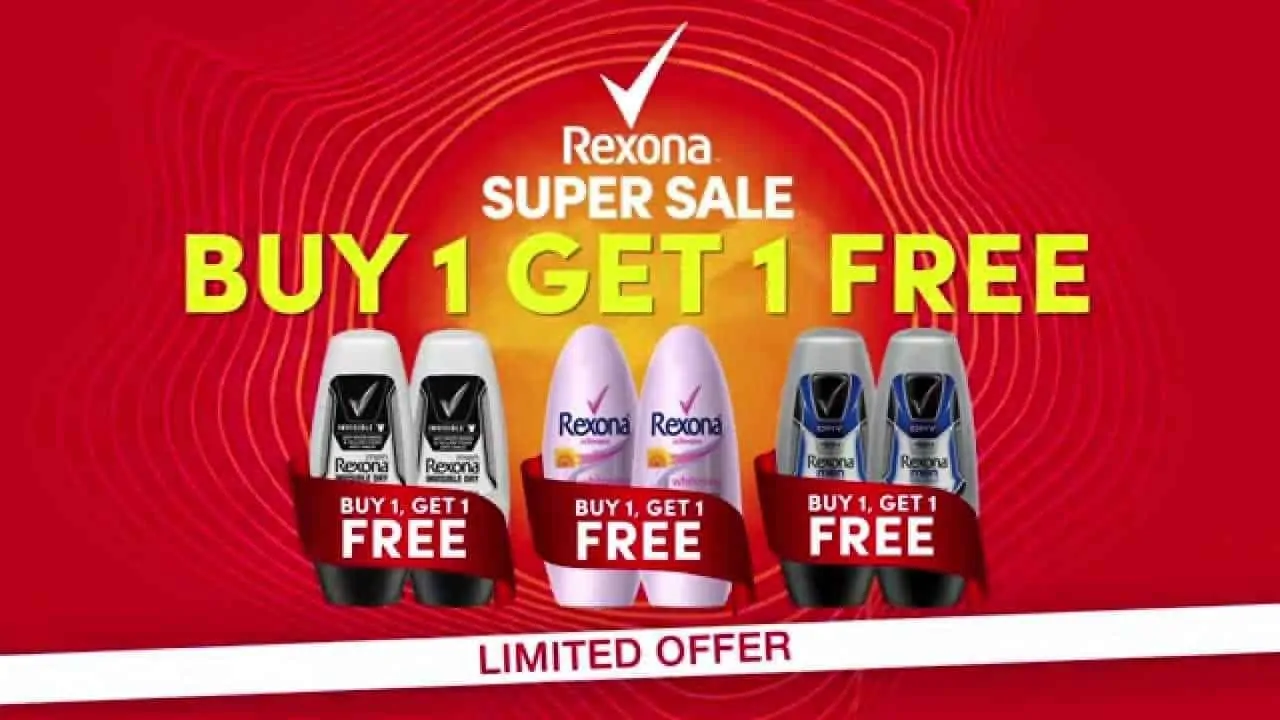
The emotion that the term ‘free’ triggers is known as the ‘Zero Price Effect’.
Basically, when customers pay for something, they calculate the risks very meticulously in order to prevent any dissatisfaction they might get from that product. But when it comes to free products, they have no expectations whatsoever. Free things are considered to have a higher value because the risk of dissatisfaction and value for money is eliminated.
Also, free goods and services can lead to big sales for your business when used properly. Companies like Amazon often entice their customers into adding almost twice as much or more into their cart before checking out so that the shipping can be done free of cost. This type of strategy often permeates the company’s entire business model.
The Psychology Behind Free
The whole appeal behind free lies in the principle of reciprocity- where one party feels obliged to return the favour bestowed on them by complying with the other. According to Ariely, reciprocity is an extremely strong instinct. So, when a brand does something its customers, they feel strongly obliged to do something for them in return.
If something is free and there’s a good reason for it, your consumers will love it. This is the reason why food samples go around the aisles at the superstores. Customers consciously know that accepting a free sample will lead them into buying a whole box or package and that is acceptable to them if they enjoy the samples offered.
Similarly, when it comes to offers where consumers are given free gifts for spending a certain amount of money, they feel rewarded. The ‘free gift’ is considered a reward for spending more than the amount they originally wanted to spend. This also explains why ‘Buy 1, get 1 free’ offers are so popular among consumers in any industry.
Reverse-Psychology of Free
With an increasingly sceptical consumer-base, it isn’t surprising that the word ‘free’ has slowly begun to lose its charm.
The reason is that people start questioning the value and worth of a product when it is given to them free of cost. What could be wrong with the product? Why is it being given away? What are the terms and conditions applied? What is the catch behind the free product? The attitude of the consumer becomes suspicious towards the free product itself.
Excessive advertising and defects have stripped away the allure of a free reward. Even if brands do want to give away free products that will promote their business, it is met with criticism. This is the reason why many brands try to make their offer sound as exciting as possible so that their consumers will do business with them.
Therefore, it is also important that the free products have a good enough reason to be free of cost so that consumers are attracted to the deal instead of being sceptical about it.
Bottom Line?
Customers mean a lot to any business and they are an integral part of their success as well. Giving away free products not only improves the consumers’ overall perception about the business, but it also serves as a great way to acquire new customers using the principle of reciprocity.
To the consumers, getting something for virtually nothing evokes an emotion- it just feels much better. Free products feel like rewards and, in most cases, also positively influence their perspective about your business, inspiring loyalty among existing customers, while also gaining potential and new customers.
Go On, Tell Us What You Think!
Come on! Tell us what you think of our article on psychology of free in the comments section.
A literature enthusiast, an avid reader, a blogger and an experienced social media marketer. She loves to travel whenever she can and has an eye for all things aesthetic.
